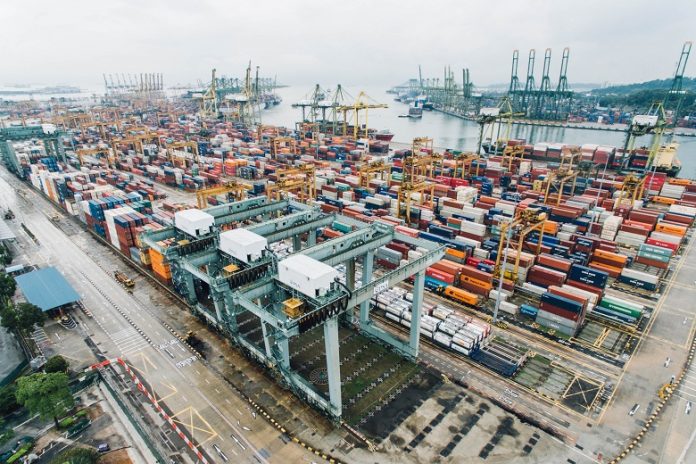As the coronavirus crisis is wearing off in many parts of the world, supply chain troubles are increasing once more for many companies, mainly concerning the U.S. and the Eurozone.
Components of the International Monetary Fund’s purchasing managers’ index show how supply chain disruptions have developed during the pandemic, spiking in early 2020 and picking back up over the course of 2021 as the new normal causes all types of goods to become more sought amid a more permanent reopening. The supply chains in China and emerging markets, on the other hand, are less affected.
Still reeling from lockdowns and restrictions as well as the loss of manpower due to illness or travel restrictions, many suppliers had to restrict their production and were no longer able to meet their delivery obligations in full. And as even a single missing supply part can quickly affect production processes in a massive way, the complex structure of global supply chains can quickly fold.
According to the IMF, supply chain disruptions together with increasing raw material prices are also a reason for the rise of consumer prices. The IMF expected this global inflation to reach its peak at the end of 2021 and return to pre-crisis levels in many countries by the middle of 2022.
Source: World Economic Forum




































